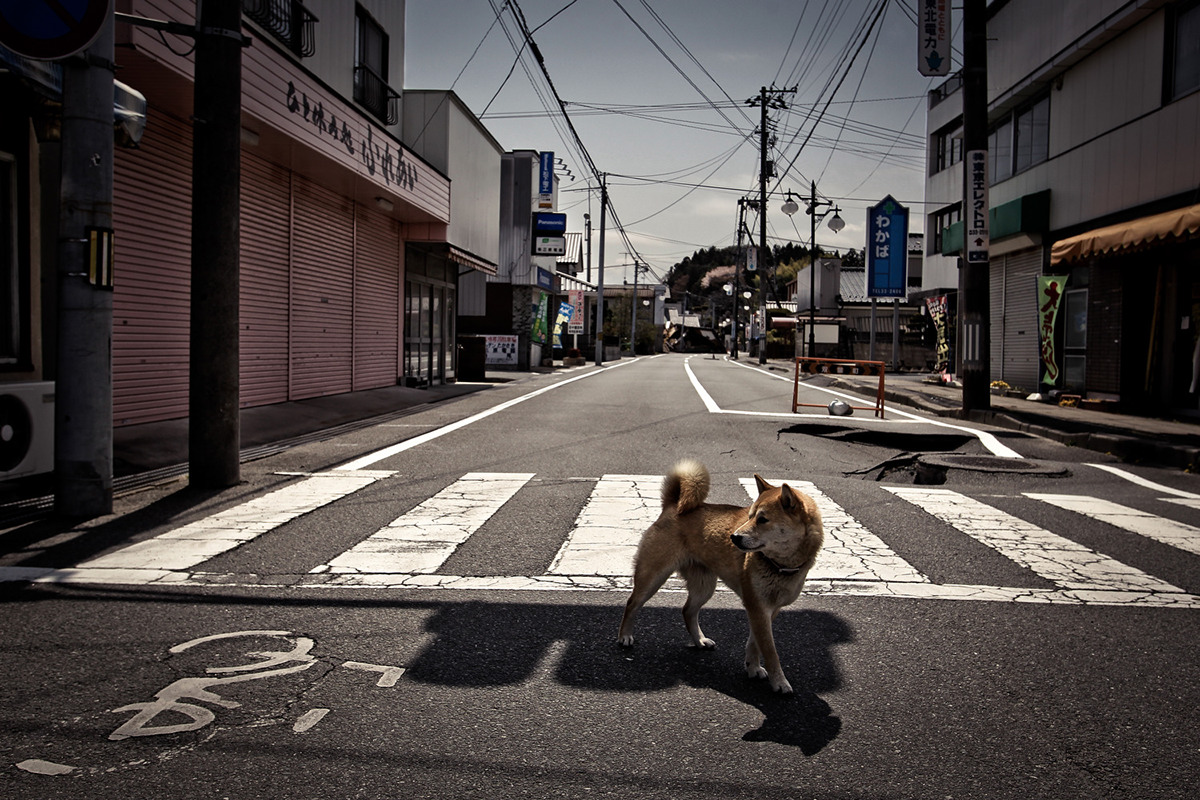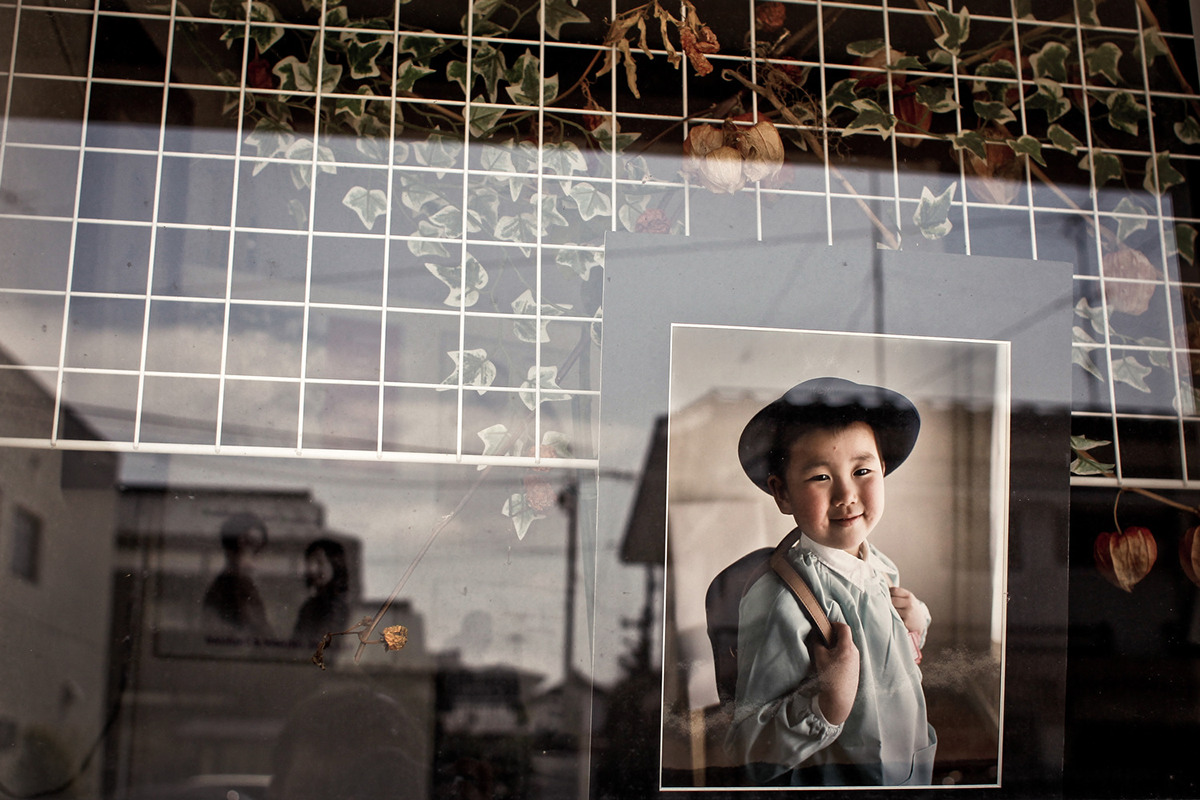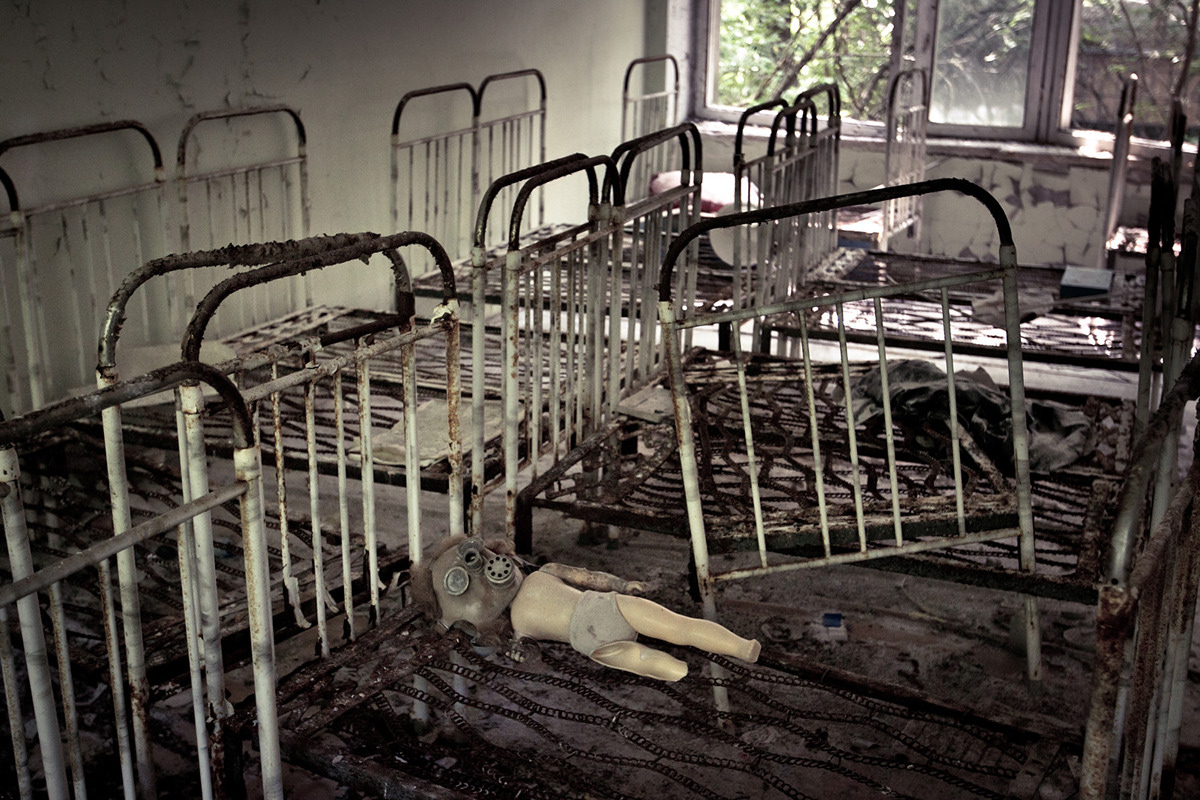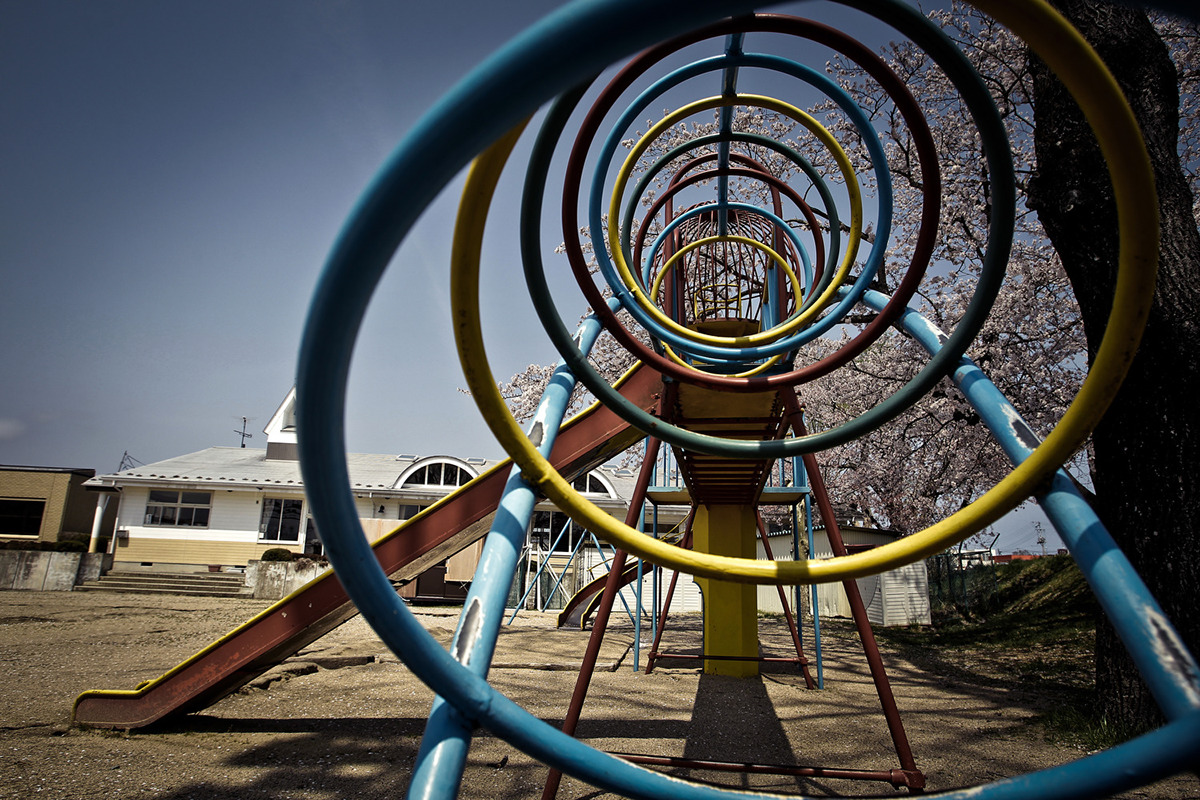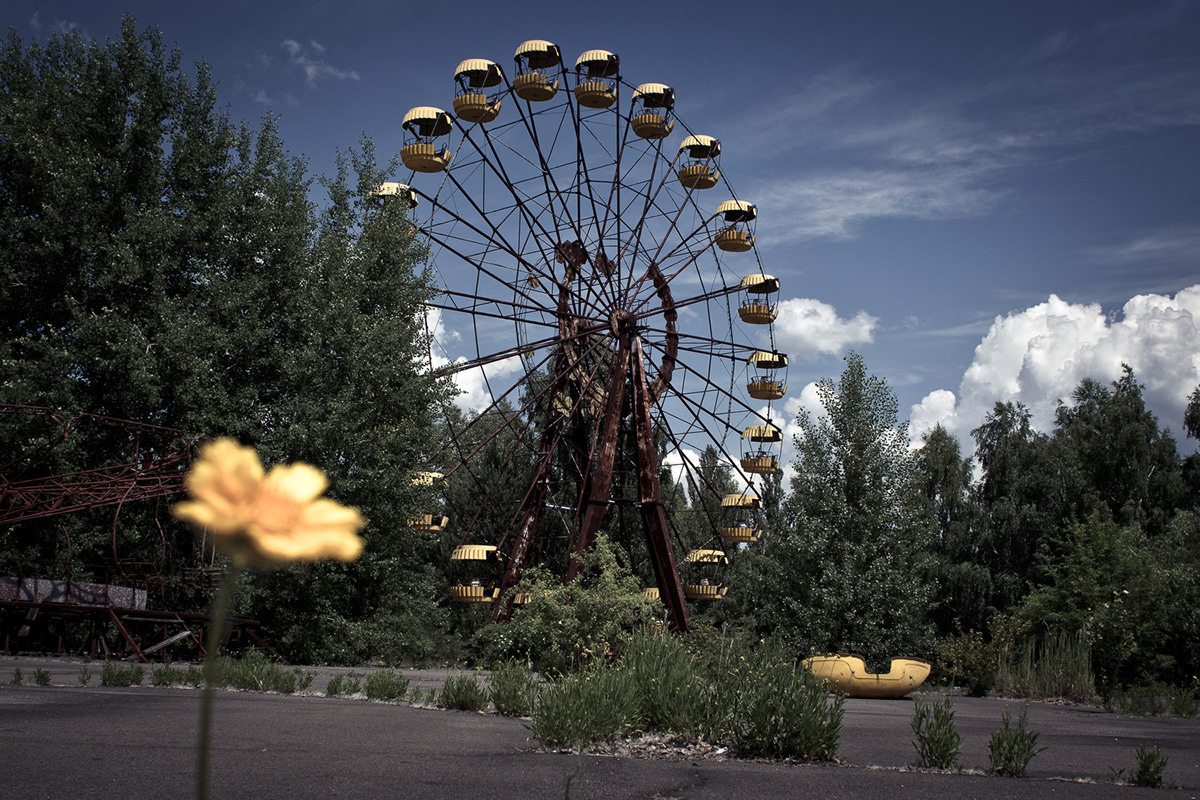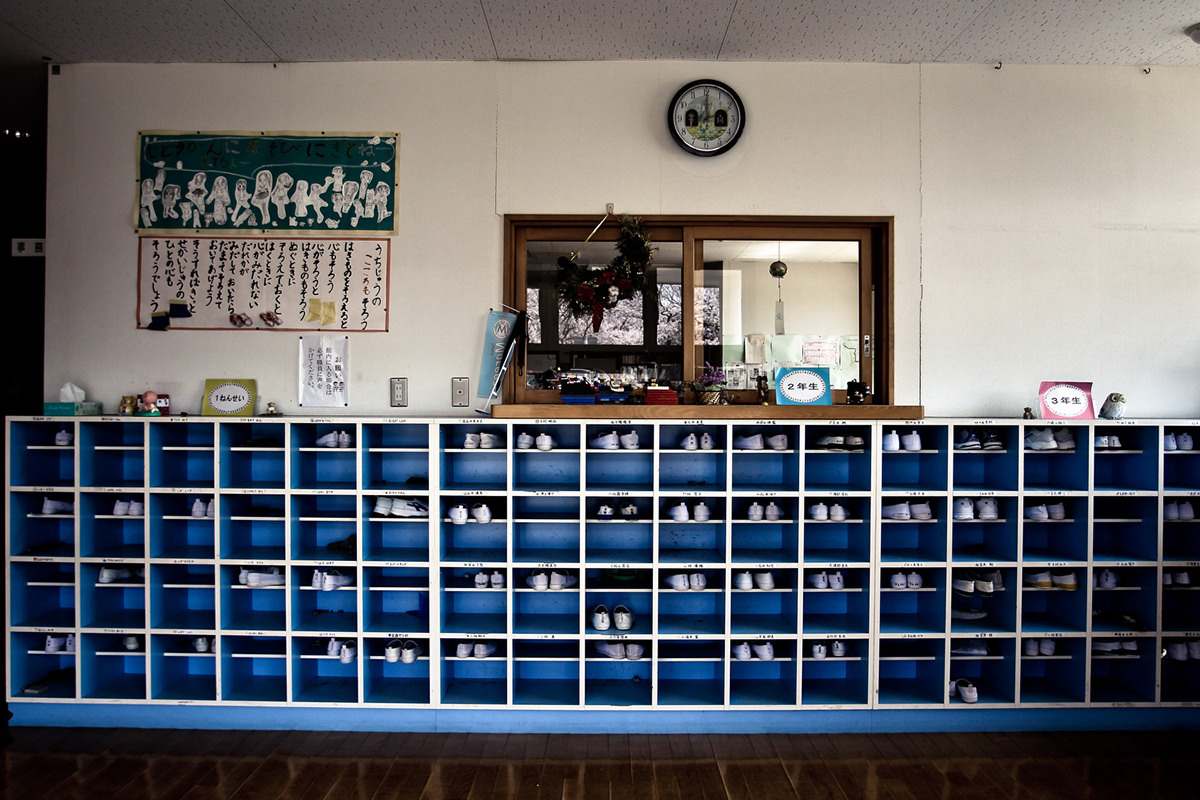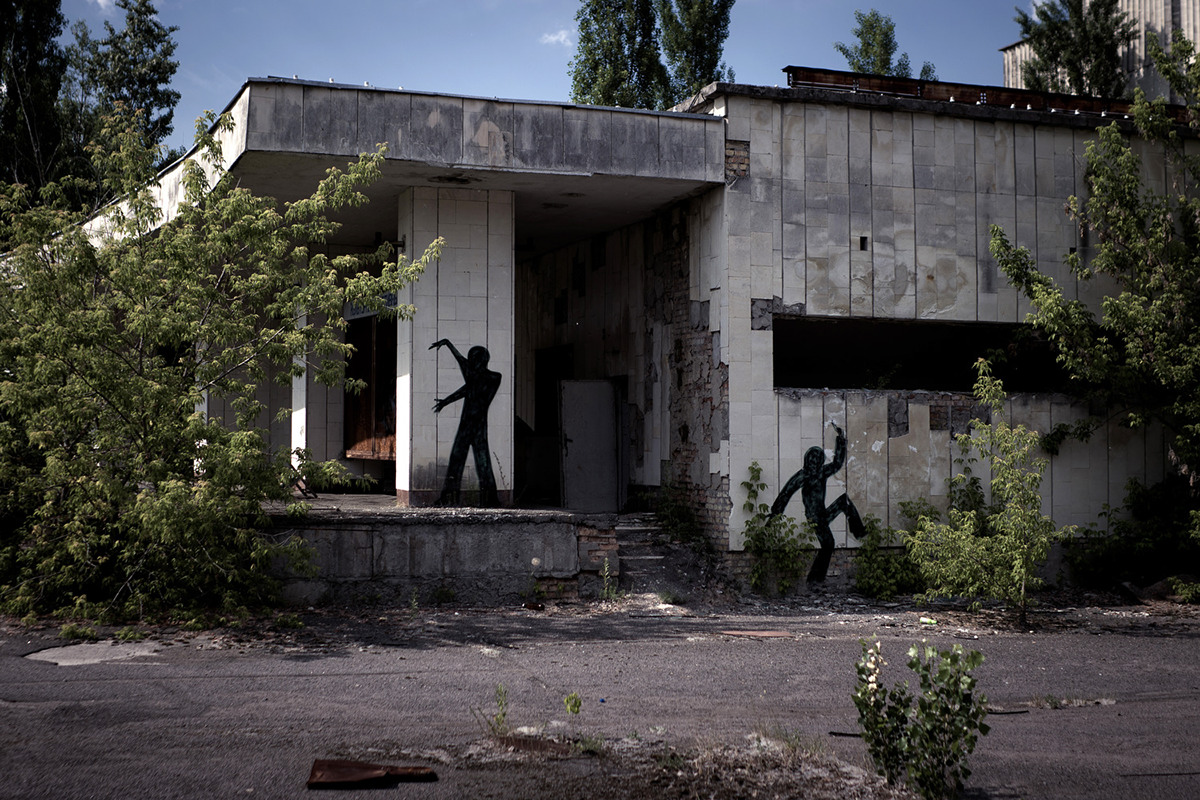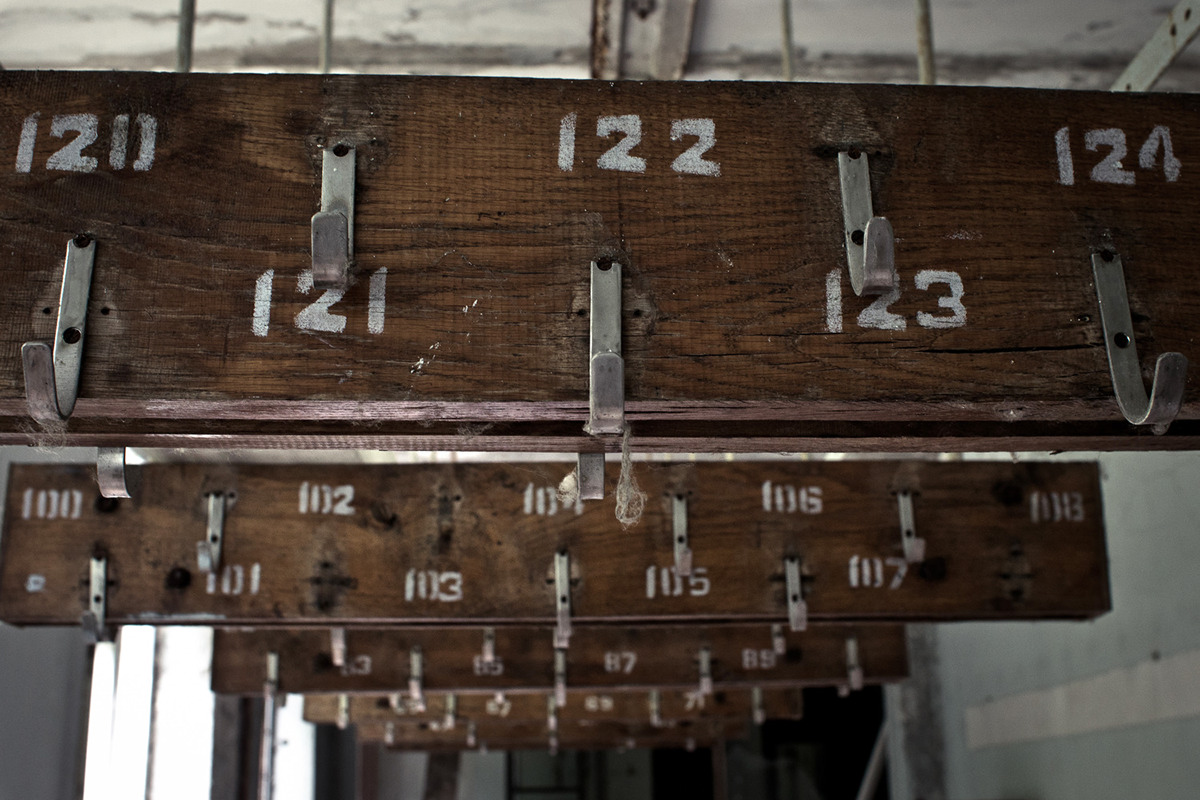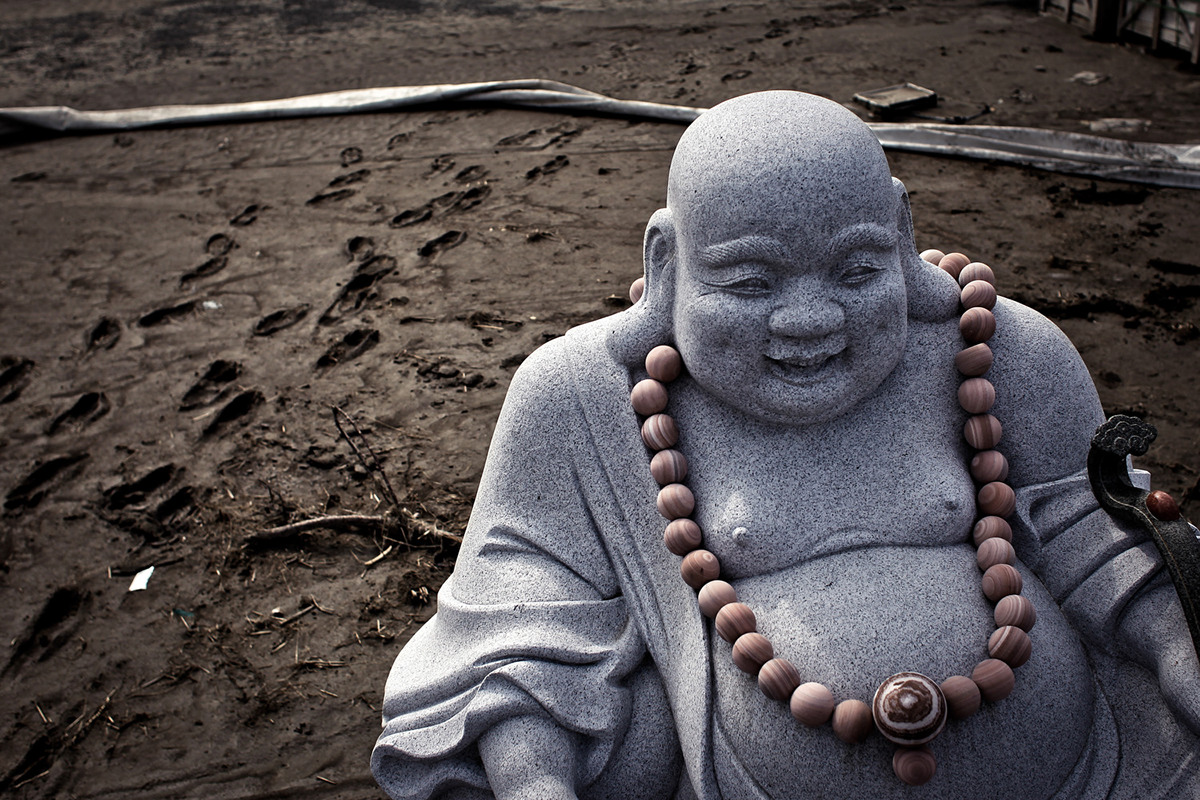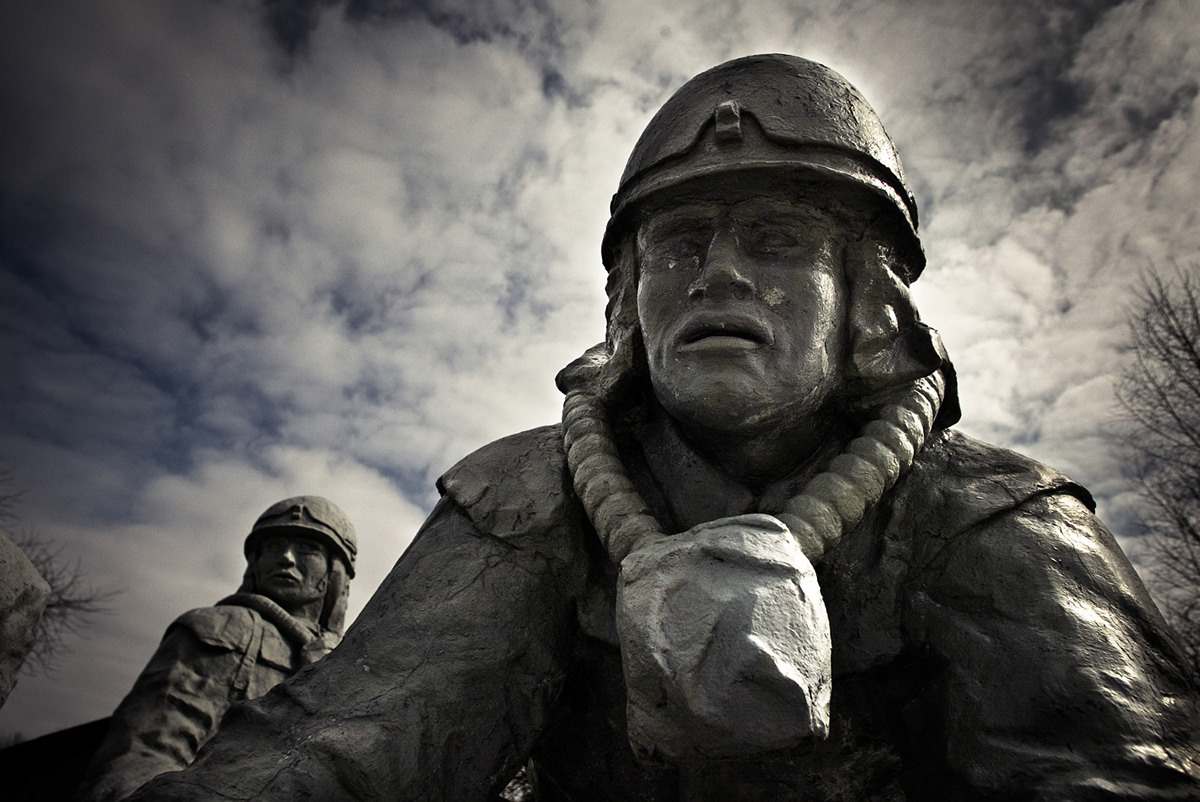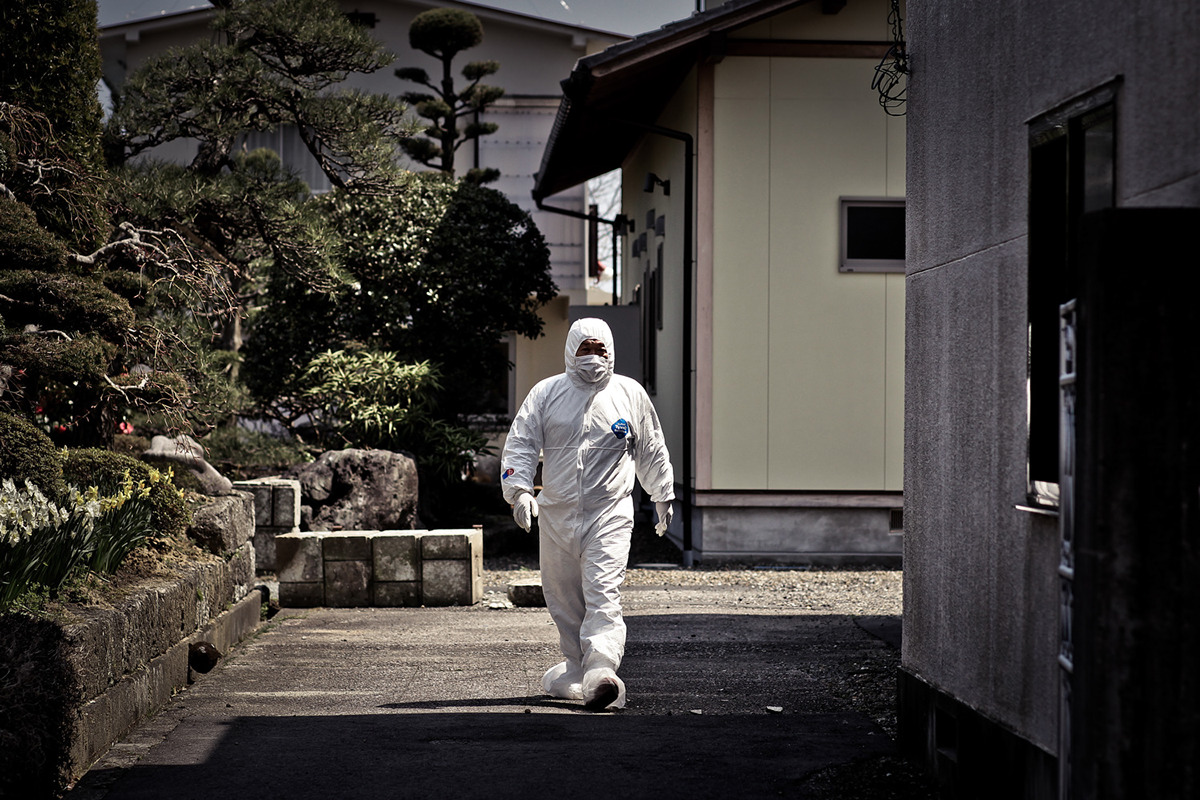
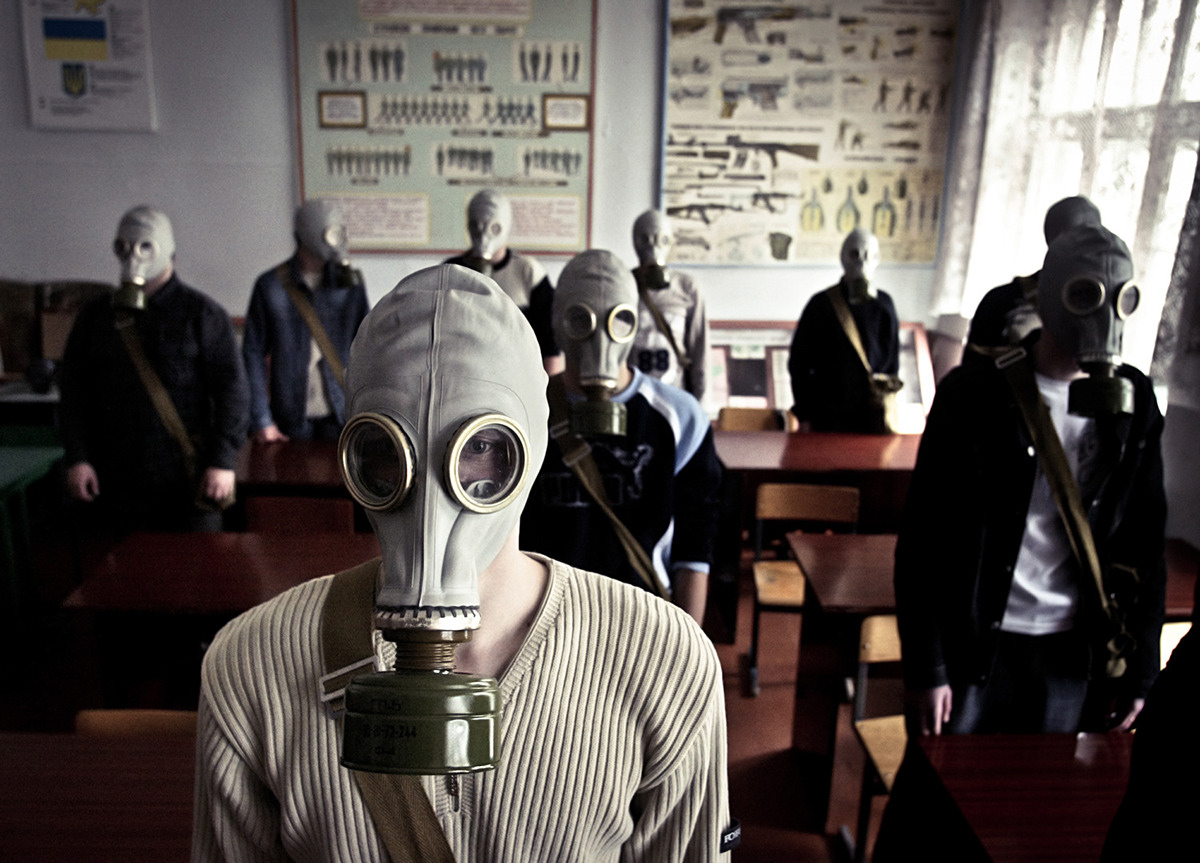
Associated Press photographer Sergey Ponomarev spent five daysdocumenting life inside the exclusion zone around the Chernobyl nuclear powerplant in April 2006 and June 2011. In April 2011, as the 25th anniversary ofChernobyl approached, he photographed life in the city of Futaba, in theevacuation zone around Japan's crippled Fukushima Dai-ichi nuclear plant.
Twenty five years after the Chernobyl nuclear accident, the 30-kilometerzone around the nuclear plant has become a well-explored territory. Guides takeyou through the nearest town, Pripyat, and they know exactly where to go _ andmore importantly _ where not to.
They warn: Take pictures of the Orange Forest, where tons of dumpedradioactive dust still emit killing doses of radiation, from a safe distance.If you see a parking lot full of helicopters and firefighting vehicles used toextinguish the reactor, don't get near. But it's fine to walk right up tothe fence of The Sarcophagus, the reactor tomb with its concrete walls androof, and its towering exhaust stack.
Pripyat is something Futaba, where Japan's Fukushima Dai-ichi plant islocated, will turn into in another 25 years. It looks as if its residentshave just disappeared, but could come back any moment. But after seeing thedesolate Pripyat, one understands that people will never return to Futabaeither.
In Futaba you are on your own. Each step takes you onto an unchartedground. There are no guides. It is a ghost town. Nobody knows the highlyradioactive spots, and every step around the corner can inflict harm on you _perhaps, in years or decades from now. Radiation is something you can't sense.The sun is shining and the wind is blowing just like everywhere else, and onlythe beeping of your Geiger meter tells you that something is wrong here.
Unlike Pripyat, an urban wilderness with trees growing through cracked asphalt,Futaba and its environs are a fresh wound. The Fukushima plant is stillunstable. It's a crisis still unfolding.
Back in April, Futaba's only inhabitants were emergency police, inanti-radiation gear, working under the constant threat of radioactivity andanother explosion _ two buildings have already been destroyed by hydrogenblasts.
The only others who lingered on were a handful of the oldest locals.Here, you understand that Japan _ more than virtually any other country in theworld _ is a nation of old people. Here, too, aged farmers have been reluctantto leave. And they can’t leave any longer _ after more than a month after theMarch 11 earthquake and tsunami that caused the meltdown, the evacuation zonehas been sealed.
Stray dogs and some cats in both cities remind you that people _ averagepeople _ used to live here. Pripyat has become a magnet for thrill-seekers andartists, including the mysterious Banksy. Graffiti, often elaborate andcreative, cover walls throughout the town. In one, a little girl painted on awall tries to reach a real elevator button. Some artists rearranged toys in akindergarten to make them look like they are playing with each other _ withouthumans. In another kindergarten, you can find a doll with a gas mask coveringits face. Painted shadows make one reminisce about of children, dancing, tears.
Futaba is still virgin to artists and adrenalin-seeking tourists. Butfor how long?
The world will remember Chernobyl and Fukushima as words _ symbols _ synonymouswith nuclear disaster. Pripyat and Futaba are their faces _ the faces that areno longer there.
Twenty five years after the Chernobyl nuclear accident, the 30-kilometerzone around the nuclear plant has become a well-explored territory. Guides takeyou through the nearest town, Pripyat, and they know exactly where to go _ andmore importantly _ where not to.
They warn: Take pictures of the Orange Forest, where tons of dumpedradioactive dust still emit killing doses of radiation, from a safe distance.If you see a parking lot full of helicopters and firefighting vehicles used toextinguish the reactor, don't get near. But it's fine to walk right up tothe fence of The Sarcophagus, the reactor tomb with its concrete walls androof, and its towering exhaust stack.
Pripyat is something Futaba, where Japan's Fukushima Dai-ichi plant islocated, will turn into in another 25 years. It looks as if its residentshave just disappeared, but could come back any moment. But after seeing thedesolate Pripyat, one understands that people will never return to Futabaeither.
In Futaba you are on your own. Each step takes you onto an unchartedground. There are no guides. It is a ghost town. Nobody knows the highlyradioactive spots, and every step around the corner can inflict harm on you _perhaps, in years or decades from now. Radiation is something you can't sense.The sun is shining and the wind is blowing just like everywhere else, and onlythe beeping of your Geiger meter tells you that something is wrong here.
Unlike Pripyat, an urban wilderness with trees growing through cracked asphalt,Futaba and its environs are a fresh wound. The Fukushima plant is stillunstable. It's a crisis still unfolding.
Back in April, Futaba's only inhabitants were emergency police, inanti-radiation gear, working under the constant threat of radioactivity andanother explosion _ two buildings have already been destroyed by hydrogenblasts.
The only others who lingered on were a handful of the oldest locals.Here, you understand that Japan _ more than virtually any other country in theworld _ is a nation of old people. Here, too, aged farmers have been reluctantto leave. And they can’t leave any longer _ after more than a month after theMarch 11 earthquake and tsunami that caused the meltdown, the evacuation zonehas been sealed.
Stray dogs and some cats in both cities remind you that people _ averagepeople _ used to live here. Pripyat has become a magnet for thrill-seekers andartists, including the mysterious Banksy. Graffiti, often elaborate andcreative, cover walls throughout the town. In one, a little girl painted on awall tries to reach a real elevator button. Some artists rearranged toys in akindergarten to make them look like they are playing with each other _ withouthumans. In another kindergarten, you can find a doll with a gas mask coveringits face. Painted shadows make one reminisce about of children, dancing, tears.
Futaba is still virgin to artists and adrenalin-seeking tourists. Butfor how long?
The world will remember Chernobyl and Fukushima as words _ symbols _ synonymouswith nuclear disaster. Pripyat and Futaba are their faces _ the faces that areno longer there.
